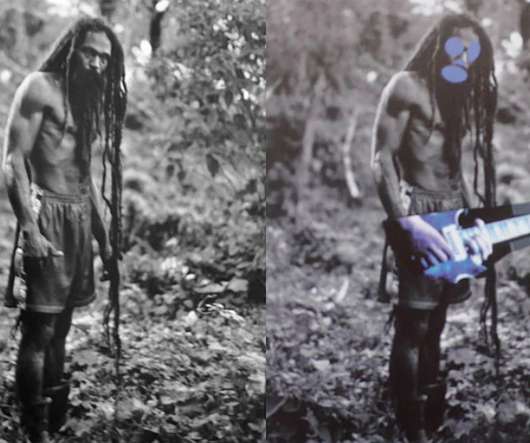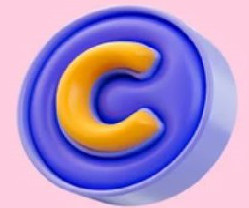Prince, Prince, Prints: Will the Supreme Court Revisit Fair Use?
LexBlog IP
FEBRUARY 28, 2022
9] In reaching that determination, the court relied chiefly on the Second Circuit’s 2013 decision in Cariou v. Prince [10] (no relation), in which the Second Circuit rejected the premise that a secondary work must comment on the original to be sufficiently “transformative” to qualify as fair use.










Let's personalize your content